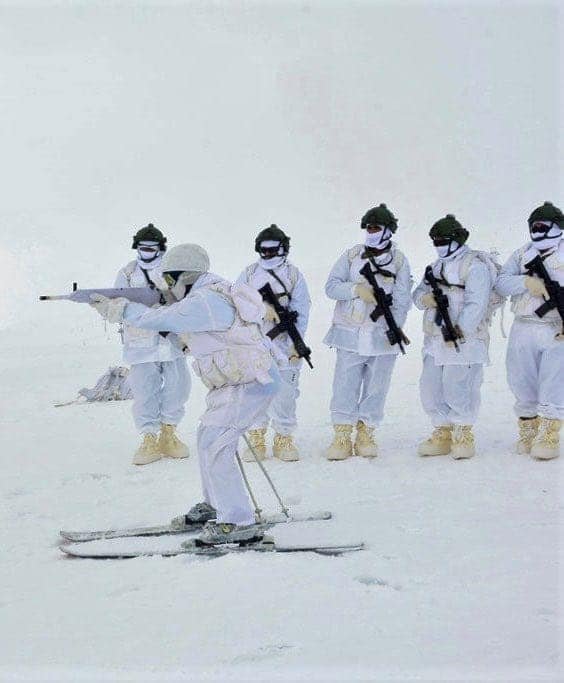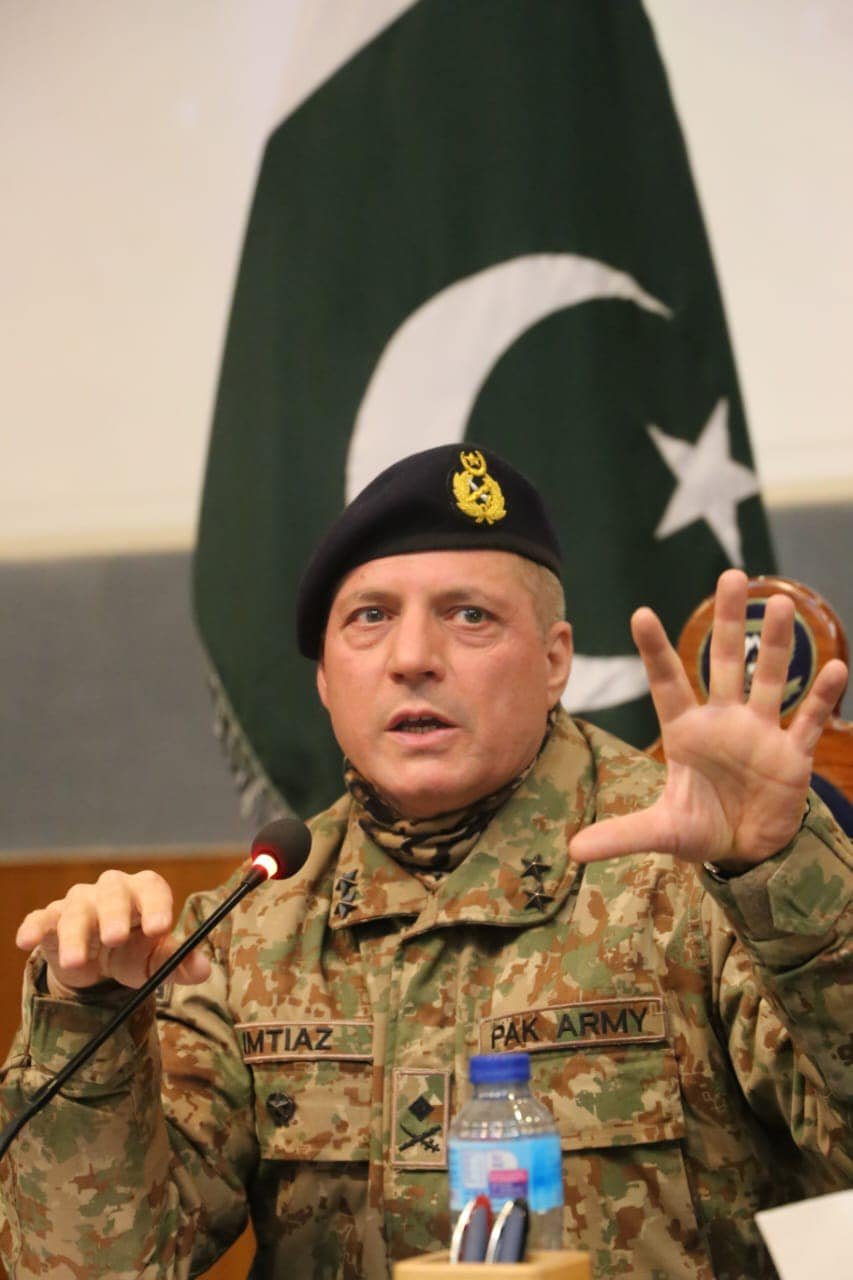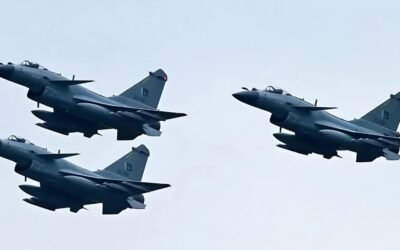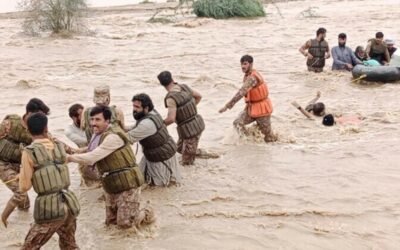Pakistani Army High-Altitude Warfare History
The Pakistan Army has vast experience in high-altitude warfare. Serving in vastly different terrains is a testament to its resilience, adaptability, and the peculiar challenges posed by mountainous terrain. The army’s legacy encompasses its sustained presence and activity in the rugged geography of the country’s northern areas. From the first Kashmir War of 1948 to the Siachen Conflict and the ongoing development of training and strategy. There are a number of key features of this special kind of fighting that range from the role of physical conditioning to that of elite units and leadership.
You May Like To Read: Revisiting 1965 War Narratives Ahead of Defense Day 2025
The Human Factor: Training and Acclimatization
Fighting at high altitude is vastly different from fighting in plains or deserts due to the extreme physical and physiological demands of warfare in such terrain. A soldier who is battle-ready at sea level is not always operationally ready in such terrain. The thin air and rugged terrain of the Northern Areas of Pakistan necessitate a certain type of physical and mental conditioning. The body needs to be acclimatized to low oxygen levels, and muscles have to be built for endless climbing and crossing rugged slopes. This is something that can only be done by training at a high altitude.
For this purpose, the Pakistan Army established the Army High Altitude School (AHAS) in December 1987 in Rattu, Gilgit Baltistan. This school trains its students, which include both officers and junior commissioned officers (JCO), in skiing, high altitude, and mountain warfare exercises. It has been proven that high-altitude-trained soldiers fared better, achieved their goals, and had fewer casualties from fatigue and accidents than hastily deployed troops.
Apart from physical health, there is a need for psychological resilience as well. The Northern Light Infantry (NLI) troops have shown a remarkable capacity to remain at hard mountain posts for long durations without showing any perceptible decline in their physical and mental capacities. The mental strength to bear severe weather conditions, loneliness, and pervasive threat is no less crucial than physical strength.

Source: facebook
Specialized Units and Regional Advantage
The Pakistani Army also took the initiative of forming the Force Command Northern Areas (FCNA), which recruits a high percentage of soldiers from the northern areas. This is a big plus in mountain warfare at high altitudes. Made up of men from the high-mountain areas of Kashmir, these soldiers are naturally better adapted to fighting at high altitudes. They are better able to withstand cold climates and mountain sickness and are naturally aware of the terrain. Their knowledge and stamina provide them with a crucial advantage in fighting and extended operations in such difficult terrain. However, a large section of troops is also formed from Punjabis of the plains or Sindhis from the deserts, who may never have even looked at a hill before being sent there. This is a major training issue that is also tackled through specialized courses in mountain warfare. These soldiers, too, adjust admirably and fight just as meritoriously. This demonstrates the effectiveness of the army’s training course and its potential to transform individuals from diverse backgrounds into skilled mountain warriors.

Source: facebook
Leadership and Terrain Familiarization
Performance difference between units is usually linked not only to individual fitness or background but to the quality of leadership and unit-level training. In mountain warfare, especially the kind the Pakistan Army engages in, a commander’s choice may be the difference between life and death. Cases where unsuitable persons were brought to high altitudes have led to avoidable casualties and supply hassles. Such cases highlight the responsibility of leaders to understand the terrain and assess their personnel accurately. Safety is and has always remained the top priority of officers commanding in such areas. As has been learnt from the Siachen theatre time and again, half of the battle is against the terrain.
Knowledge of the terrain is another matter of priority in high-altitude warfare. Ignorance of this information can result in basic but deadly errors, including becoming trapped in a flash flood. Troops have to be trained to know not just the physical terrain but the local weather conditions. This information, along with experience, should enable them to steer clear of pitfalls and polish their survival skills.
The history of the Pakistani Army in high-altitude combat is one of adjusting to extreme environments. It is a case of how an otherwise heterogeneous bunch of soldiers, under good commanders, can surmount daunting natural barriers through intense training, technical expertise, and sheer willpower. This heritage, forged in the world’s highest battlefields, continues to influence the army’s doctrine and training, placing it in good standing against the particular challenges of combat above the clouds.
You May Like To Read: Air Force Modernization: From Mirages to 5th Gen Fighters







